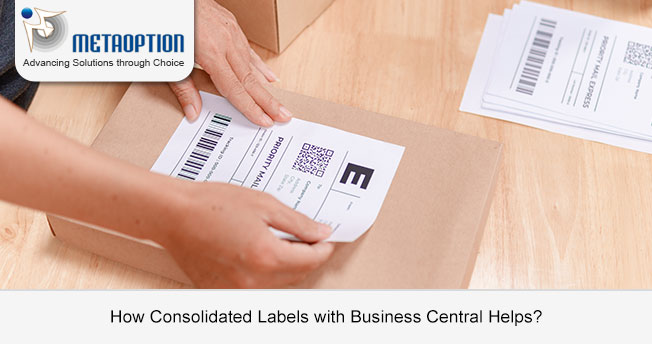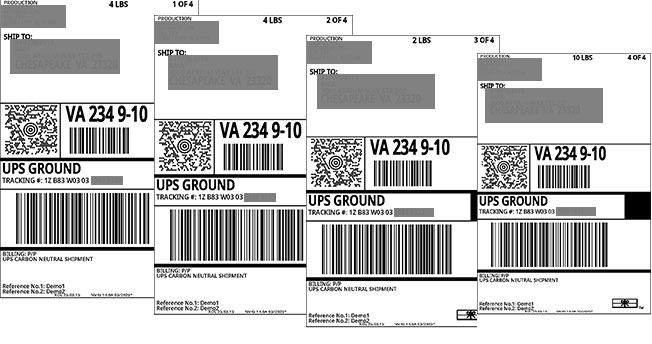
Consolidated labels are a critical part of the shipping process; they generate a single, unified label for multiple packages in a shipment.
The primary objective of consolidated labels is to merge all the labels of different packages into a single file. So, one file is getting generated with all the different package labels. This process helps to save time and money and increase efficiency, especially for businesses handling high-volume orders.
Studies have shown that a single shipping label error can cause package delays or loss, costing businesses an average of $22 per package. With same-day and next-day delivery options, the pressure on logistics networks is higher. The 2021 holiday season saw an approximately 35% increase in shipment volumes, highlighting the need for reliable labeling solutions in e-commerce logistics.
The U.S. supply chain management market, valued at USD 7,000 million in 2023, is expected to grow at an 8.5% CAGR from 2024 to 2030. The rise of e-commerce and the demand for real-time tracking, traceability, and data analytics drive market growth, ensuring fast and reliable deliveries. (Source: Grand View Research).
What is a Consolidated Label?
A Consolidated Label is a single, unified shipping label generated for multiple packages within a shipment. Instead of printing separate labels for each package, businesses can create one consolidated label for shipment, streamlining the process and improving efficiency.
Benefits of Using Consolidated Labels in Business Central
Better Shipment Handling
When multiple packages are part of the same shipment, handling individual labels can be time-consuming and error-prone. Consolidated labels simplify the process by grouping all related packages under a single label, reducing complexities in logistics operations.
No More Shipping Errors
With separate labels, there is always a risk of mislabeling or shipping parts of the order separately. A Consolidated Label ensures all packages are tracked under one identifier, minimizing the chances of misplaced or delayed shipments.
Carrier Integration
MetaShip integrates with major carriers like FedEx, UPS, and USPS within Microsoft Dynamics 365 Business Central. Using consolidated labels ensures that carriers treat grouped packages as a single shipment, potentially reducing shipping costs and improving delivery efficiency.
Packing and Documentation
Generating a single label for multiple pieces eliminates redundant paperwork. It also simplifies customs documentation for international shipments and improves accuracy in invoice generation, leading to a smoother workflow.
Customer Satisfaction
Customers appreciate receiving their entire order in a timely and organized manner. Consolidated labeling helps ensure that all parts of a shipment arrive together, improving the customer experience and reducing inquiries about missing items.

Consolidated Labels
How MetaShip’s Consolidated Label Feature Works
Order Processing in Business Central: Orders with multiple packages are identified within Microsoft Dynamics 365 Business Central identifies orders with multiple packages.
Automated Label Generation: MetaShip generates a single Consolidated Label instead of multiple separate labels.
Carrier Integration: The label is transmitted to the selected carrier, ensuring proper tracking and streamlined logistics.
Tracking and Delivery: All packages are linked under a single tracking number that makes it easy to monitor and confirm delivery status.
Third Party Shipping: Top 5 Benefits – Read more
Final Thoughts
The Consolidated Label feature in MetaShip revolutionizes how businesses handle shipments in Microsoft Dynamics 365 Business Central. By simplifying logistics, reducing errors, improving carrier efficiency, and enhancing customer satisfaction, this feature is a game-changer for businesses looking to optimize their shipping processes.
If you’re looking to streamline your packing and shipping operations, MetaShip’s Consolidated Labels can help. Contact us today at MetaOption to learn how this powerful feature can benefit your business.


